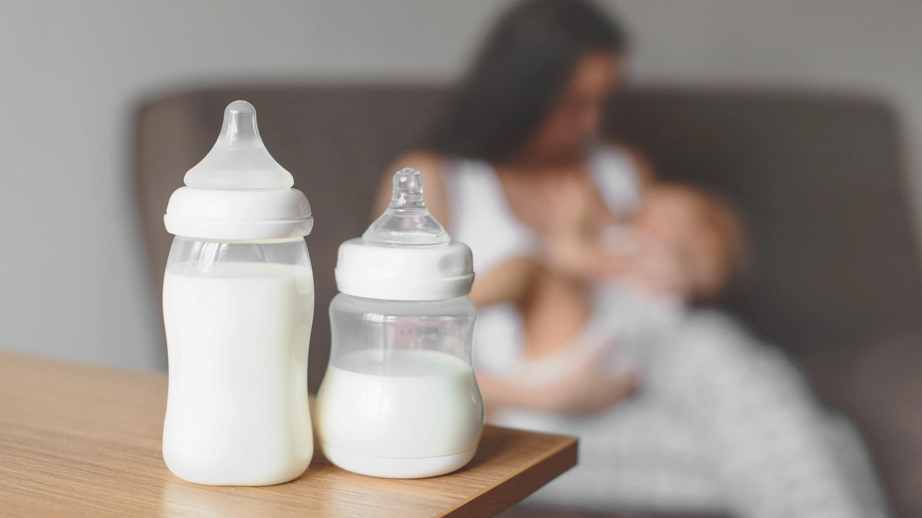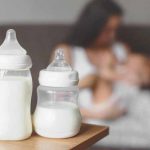Traces of mRNA vaccine found in the breast milk of lactating women, a new JAMA Pediatrics study found

A new study published today by JAMA Pediatrics found that “trace amounts of COVID19 vaccine mRNAs were detected in the breast milk of some lactating women.” The organization said that “caution is warranted regarding breastfeeding infants younger than six months in the first two days after maternal COVID-19 vaccination.”
In a study published on September 26, JAMA said that the initial messenger RNA (mRNA) vaccine clinical trials excluded several vulnerable groups, including young children and lactating individuals.
Trace amounts of #COVID19 vaccine mRNAs were detected in the breast milk of some lactating women. Caution is warranted regarding #breastfeeding infants younger than six months in the first two days after maternal COVID-19 vaccination. #Research https://t.co/zH8nyLleVC #Research
— JAMA Pediatrics (@JAMAPediatrics) September 26, 2022
JAMA also added that The US Food and Drug Administration (FDA) deferred the decision to authorize COVID-19 mRNA vaccines for infants younger than 6 months until more data are available because of the potential priming of the children’s immune responses that may alter their immunity.
This cohort study included 11 healthy lactating individuals who received either the Moderna mRNA-1273 vaccine (n = 5) or the Pfizer BNT162b2 vaccine (n = 6) within 6 months after delivery. According to JAMA, participants were asked to collect and immediately freeze EBM samples at home until transported to the laboratory. Samples of EBM were collected before vaccination (control) and for 5 days postvaccination.
How it started. How it’s going. pic.twitter.com/JTfkOcIvEI
— Dr. Michael Verbora (@mverbora) September 27, 2022
A total of 131 EBM samples were collected 1 hour to 5 days after vaccine administration. Extracellular vesicles (EVs) were isolated in EBM using sequential centrifugation, and the EV concentrations were determined by ZetaView (Analytik) (eMethods in the Supplement). The presence of COVID-19 vaccine mRNA in different milk fractions (whole EBM, fat, cells, and supernatant EVs) was assayed using 2-step quantitative reverse transcriptase–polymerase chain reaction. The vaccine detection limit was 1 pg/mL of EBM (eMethods in the Supplement).
Results
“Of 11 lactating individuals enrolled, trace amounts of BNT162b2 and mRNA-1273 COVID-19 mRNA vaccines were detected in 7 samples from 5 different participants at various times up to 45 hours postvaccination. The mean (SD) yield of EVs isolated from EBM was 9.110 (5.010) particles/mL, and the mean (SD) particle size was 110.0 (3.0) nm. The vaccine mRNA appears in higher concentrations in the EVs than in whole milk. No vaccine mRNA was detected in prevaccination or postvaccination EBM samples beyond 48 hours of collection. Also, no COVID-19 vaccine mRNA was detected in the EBM fat fraction or the EBM cell pellets.”

Commenting on the report in a post on Twitter, former New York Times reporter Alex Berenson said:
“This isn’t just a disaster for infants, it’s more proof that the mRNA/LNP in the shots hits practically every cell in the body.”
I want to CORRECT an error: FIVE of the 11 women had mRNA detected in seven samples, not seven different women. My mistake.
— Alex Berenson (@AlexBerenson) September 27, 2022
Update and correction to an error in our original title: Only 5 of the 11 women had mRNA detected in seven samples, not seven different women. Our apologies.
jamapediatrics_golan_2021_ld_210013_1632764469.46657
